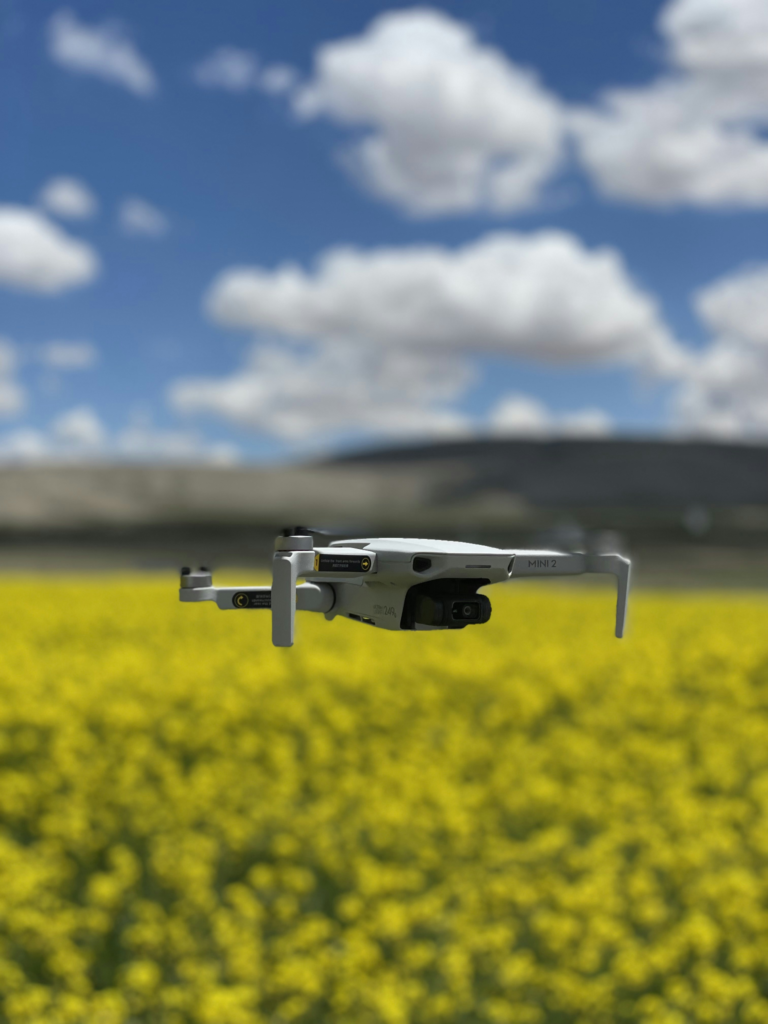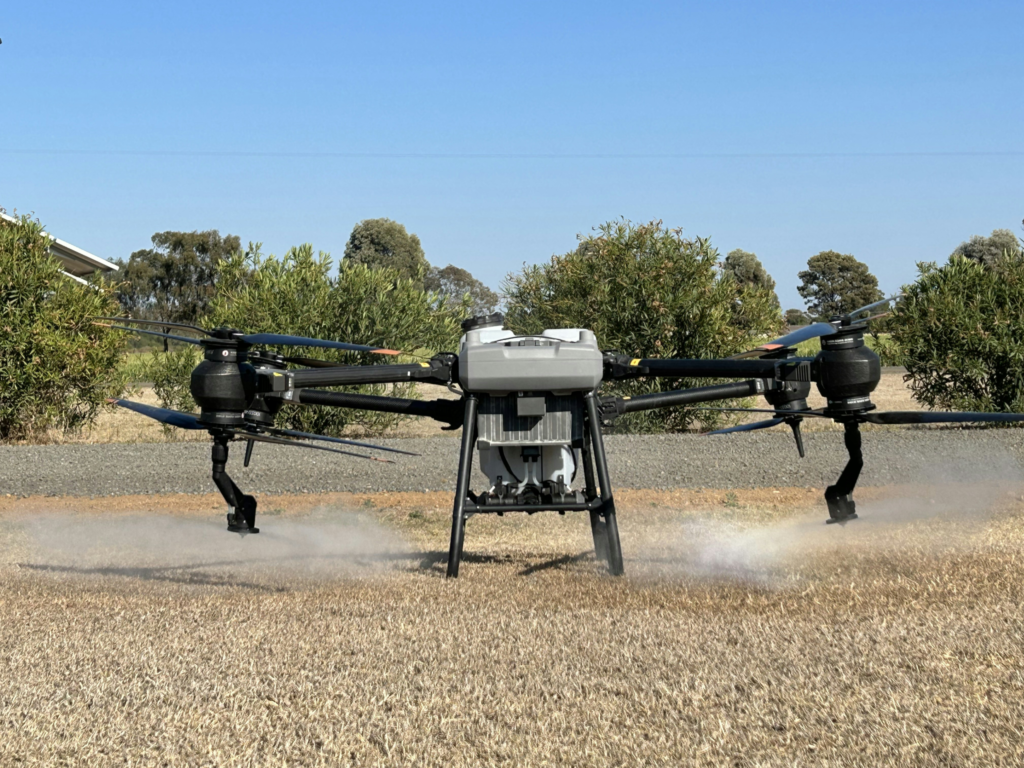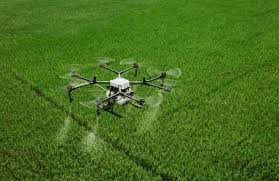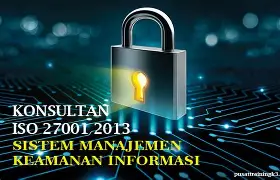Introduction to UAVs
Unmanned Aerial Vehicles, commonly known as UAVs or drones, represent a groundbreaking advancement in aerial technology. These versatile machines are capable of flight without a human pilot on board, allowing for a range of applications across various sectors. Initially developed for military purposes, UAVs have evolved significantly over the years, finding their place in commercial, industrial, and recreational fields. Their primary function is to carry out tasks that may be too dangerous, expensive, or logistically challenging for manned aircraft.
The origins of UAV technology can be traced back to early 20th-century military experiments. These initial prototypes were predominantly used for target practice and training purposes. However, advancements in technology and design have facilitated the expansion of UAV capabilities. From surveillance and reconnaissance in combat zones to disaster management and agricultural monitoring, these unmanned systems are now integral to numerous industries. Their ability to operate in remote or hazardous environments makes them invaluable tools for various governmental and non-governmental organizations.
Modern UAVs are equipped with sophisticated onboard technology that allows them to perform complex tasks autonomously or under the control of a human operator. They often include GPS navigation, automated flight planning, and advanced sensors for capturing imagery and data. These features not only enhance their functionality but also improve safety and efficiency in various applications. Additionally, the rise of consumer drones has democratized UAV technology, enabling hobbyists and professionals alike to harness the benefits of aerial data collection and creative filming.
As we further explore UAVs and their implications, it is essential to recognize that their evolution has sparked discussions around regulatory frameworks, safety, and ethical considerations, emphasizing the need for responsible development in this rapidly advancing field.
Types of UAVs
Unmanned Aerial Vehicles (UAVs) have evolved significantly over the years, leading to the development of various types tailored for specific purposes. The three primary categories of UAVs include fixed-wing drones, rotary-wing drones, and hybrid models. Each type features unique design characteristics, flight capabilities, and applications.
Fixed-wing drones resemble traditional airplanes, with wings that provide lift. These UAVs are typically used for long-distance flight, thanks to their aerodynamic design which allows them to cover larger distances more efficiently compared to their counterparts. Due to their endurance, fixed-wing drones are often employed in agricultural monitoring, mapping, and surveillance tasks, making them ideal for missions that require prolonged flight time and extensive area coverage.
On the other hand, rotary-wing drones, commonly known as quadcopters or multirotors, are equipped with multiple spinning blades that allow for vertical takeoff and landing (VTOL). This capability provides them with greater maneuverability and precision in flight, making rotary-wing drones particularly suitable for tasks such as aerial photography, delivery services, and search-and-rescue operations. Their ability to hover and navigate tight spaces distinguishes them from fixed-wing variants, granting users greater operational flexibility.
Finally, hybrid UAVs combine features from both fixed-wing and rotary-wing designs. They possess the ability to take off and land vertically while also being capable of transitioning to forward flight, thereby benefiting from the advantages of both systems. This versatility allows hybrid UAVs to excel in missions where both endurance and agility are crucial, such as disaster management and environmental monitoring.
Understanding these diverse UAV types is essential for comprehending the broader landscape of aerial technology and its vast range of applications in various industries.
Key Components of UAVs
Unmanned Aerial Vehicles (UAVs), commonly known as drones, consist of multiple essential components that work in unison to ensure efficient and effective operation. The first major component is the airframe, which serves as the structural framework of the UAV. The airframe is designed to withstand aerodynamic forces, provide stability, and support the other components. Made from lightweight materials such as carbon fiber or plastics, the airframe is crucial for optimizing flight performance.
Next, the propulsion system is integral to the UAV’s functionality. This system typically includes electric motors, propellers, and batteries or fuel sources. Electric UAVs leverage brushless motors and rechargeable batteries, while larger drones may use internal combustion engines. The propulsion system is responsible for generating lift and thrust, allowing the UAV to ascend, descend, and navigate in flight.
Navigation technology is another key element of UAVs, enabling precise control and positioning. Most UAVs incorporate Global Positioning System (GPS) technology, which allows for real-time location tracking and autonomous flight capabilities. Additionally, some UAVs utilize inertial measurement units (IMUs) that combine accelerometers and gyroscopes to provide accurate orientation data to foster better navigation.
Sensors play a vital role in the operation of UAVs by collecting data from the environment. Common sensors include cameras, LiDAR, and thermal imaging devices. These tools provide input for various applications, ranging from aerial photography to agricultural monitoring. By obtaining data through these sensors, UAVs can perform tasks such as mapping, surveillance, and search-and-rescue missions.
Lastly, communication systems facilitate the interaction between the UAV and the ground control station. These systems ensure real-time data transmission and command relaying, which are essential for coordinated operations. Advanced communication technology, including radio frequency signals, satellite communication, and even cellular networks, enhances the reliability and operational range of UAVs.
Applications of UAVs
Unmanned Aerial Vehicles (UAVs), commonly referred to as drones, have rapidly evolved over the past few years, finding a multitude of applications across diverse sectors. Their ability to carry out tasks remotely has opened new avenues for efficiency and innovation. One prominent application is in aerial photography, where UAVs are utilized to capture high-resolution images and videos from unique perspectives. For example, in the real estate sector, drones provide stunning aerial views of properties, facilitating better marketing and showcasing attributes that are not visible from the ground.
Moreover, UAV technology plays an essential role in agriculture. Farmers are increasingly deploying drones to conduct surveillance of crops, allowing for precise monitoring of plant health and pest infestations. Drones equipped with multispectral cameras can analyze field variations and enable targeted interventions, ultimately optimizing yields and resource consumption. This precision agriculture not only enhances productivity but also contributes to sustainable farming practices.
In disaster response scenarios, UAVs have emerged as invaluable tools for assessing damage and delivering aid. They can quickly provide situational awareness in crisis situations such as floods or earthquakes, where traditional methods may be hampered by accessibility issues. For instance, drones have been successfully employed to survey affected areas, enabling emergency responders to make informed decisions and allocate resources effectively.
Another significant application of UAVs is in package delivery. Companies like Amazon and Google have conducted trials to revolutionize the logistics landscape through drone delivery services, significantly reducing delivery times and costs. The efficiency offered by UAVs in this context could transform consumer expectations and redefine the efficiency of supply chains.
Lastly, environmental monitoring stands as a critical area where UAVs have made a considerable impact. Drones are utilized to monitor wildlife, track changes in ecosystems, and assess the health of natural resources. Their ability to cover large areas rapidly makes them an effective tool for researchers and conservationists looking to gather data on climate change impacts and biodiversity.
Regulations and Safety Concerns
The rise of Unmanned Aerial Vehicles (UAVs) has prompted the establishment of comprehensive regulations aimed at ensuring safe and responsible use in various regions across the globe. The legal framework surrounding UAV operations varies significantly by country, yet certain commonalities can be observed. In many jurisdictions, registration requirements mandate that UAV operators register their drones with relevant regulatory bodies. For instance, in the United States, the Federal Aviation Administration (FAA) requires individuals flying drones for recreational purposes to register their UAVs if they weigh more than 0.55 pounds. Similarly, countries such as Canada and the United Kingdom have instituted specific registration guidelines as well.
Licensing is another critical aspect of UAV regulations. Different regions impose varying standards for obtaining a remote pilot license, necessitating that operators undergo training and pass specific examinations. In the U.S., commercial operators must obtain a Part 107 license, which entails knowledge of airspace classifications, flight regulations, and operational safety. Additionally, many countries have developed certification processes to ensure operators are suitably qualified to handle UAVs safely.
Airspace restrictions are essential to preventing collisions and maintaining the safety of manned aircraft. UAVs are typically prohibited from operating in controlled airspaces, near airports, or in areas densely populated with people. Restricted airspace can include regions surrounding military bases and national parks, where wildlife protection laws are enforced. Safety concerns extend beyond operational protocols to encompass privacy issues as well. The capacity of UAVs to capture images and gather data poses potential threats to individual privacy rights. As such, legal frameworks must address these concerns by introducing measures that ensure UAV operations respect the privacy of individuals.
In conclusion, understanding the regulatory landscape and accompanying safety concerns is vital for both operators and policymakers. As the technology evolves, so too must the framework governing its use to balance innovation with safety and privacy standards.
Future Trends in UAV Technology
The landscape of Unmanned Aerial Vehicles (UAVs) is rapidly evolving, driven by advancements in technology that are reshaping their capabilities and applications. One of the most significant trends is the integration of artificial intelligence (AI) and machine learning. These technologies empower UAVs to process vast amounts of data in real-time, enhancing their ability to make autonomous decisions during flight. For example, AI can enable UAVs to navigate complex environments more effectively by analyzing obstacles and dynamically adjusting flight paths, thereby increasing operational efficiency and safety.
Another critical area of development is in battery technology. The future of UAVs heavily relies on improved energy storage solutions, as extended flight duration and operational range are paramount. Innovations in lithium-sulfur batteries and the use of advanced materials are paving the way for significantly lighter and more efficient energy sources. These advancements not only extend flight times but also reduce the frequency of battery replacements, thereby decreasing overall operational costs for organizations utilizing UAV technologies.
Furthermore, the emergence of fully autonomous UAVs is poised to revolutionize multiple industries, including logistics, agriculture, and surveillance. With the ability to conduct missions without human intervention, autonomous drones can optimize delivery routes, monitor crop health, and provide real-time data for security applications. As regulatory frameworks evolve to accommodate these technological advancements, we may witness a substantial increase in UAV adoption across various sectors.
In conclusion, the future of UAV technology is being shaped by the convergence of AI, enhanced battery solutions, and the quest for autonomy. Each of these elements not only enriches the operational capabilities of UAVs but also opens new avenues for innovation across diverse fields. As the technology matures, the implications for industry will be profound, ushering in a new era of aerial solutions that redefine traditional methods of operation.
Challenges Facing UAV Adoption
Unmanned Aerial Vehicles (UAVs) are poised to revolutionize various industries, yet several challenges impede their widespread adoption. These hurdles can be broadly categorized into technological, regulatory, and public perception issues. Each of these factors significantly influences the pace at which UAV technology is integrated into everyday operations.
One of the primary technological barriers to UAV adoption is battery life. Most current UAV models are limited by their energy sources, restricting flight durations and range. While advancements in battery technology, such as lithium-sulfur and hydrogen fuel cells, hold promise, they are not yet mainstream. This limitation affects operational capabilities in numerous fields, including delivery services and agricultural monitoring, where extended flight time is often essential.
Regulatory challenges also play a significant role in the adoption of UAVs. Existing regulations vary significantly from one region to another, creating uncertainty for businesses looking to implement UAV technology. In many countries, airspace restrictions and licensing requirements hinder the operational scope of UAVs. Moreover, the need for a regulatory framework that seamlessly integrates UAV operations with existing air traffic poses a complex challenge for governments around the world.
Public perception is another critical barrier to the adoption of UAV technology. Concerns regarding safety, privacy, and noise pollution often lead to skepticism among potential users and the general public. Efforts to educate stakeholders about the benefits of UAVs, coupled with transparent communication regarding safety protocols, are essential to mitigate these concerns. Building trust within communities can foster a more favorable attitude towards UAV deployment in various applications.
Addressing these challenges will be crucial for the successful integration of UAVs into society. Collaborative efforts among stakeholders, including technology developers, regulators, and the public, will pave the way for a more promising future for UAV utilization.
Getting Started with UAVs
As interest in unmanned aerial vehicles (UAVs) continues to grow, many enthusiasts find themselves intrigued by the possibilities these aircraft present. For those considering entering this exciting field, it is essential to begin with careful research and informed decision-making. The first step in your journey involves selecting the right UAV for your needs. Potential users should evaluate their objectives— whether for recreational use, commercial applications, or research purposes. Factors to consider include flight time, range, payload capacity, and camera specifications.
Once you have chosen a suitable UAV, learning to fly is the next crucial step. Many manufacturers offer online tutorials and manuals that can assist beginners in operating their drones effectively. Additionally, local clubs and online forums provide valuable platforms for networking with experienced pilots who can share insights. Practicing in open spaces free from obstacles and adhering to safety guidelines can significantly enhance flying skills. Virtual flight simulators may also prove beneficial, allowing prospective pilots to hone their abilities without the risk of crashing an expensive drone.
Understanding the certification requirements is indispensable for anyone aiming to operate UAVs commercially or within regulated airspace. In various jurisdictions, obtaining a remote pilot certificate or equivalent documentation can be necessary. Familiarizing oneself with the rules and regulations relating to UAV operation in your country or region is crucial to ensure compliance with the law. This knowledge not only promotes safe flying but also helps prevent potential legal issues.
To further navigate the educational landscape, various resources can aid in expanding your understanding of UAV technology. Online courses, webinars, and training sessions offered by industry professionals are invaluable for newcomers. Moreover, literature focused on aerial systems and drone technology can provide a comprehensive foundation for your UAV studies. Engaging with the community through workshops and exhibitions can additionally enhance practical knowledge, fostering growth and networking opportunities in this dynamic field.
Conclusion
In summary, Unmanned Aerial Vehicles (UAVs) represent a significant advancement in aerial technology, poised to redefine numerous sectors within our society. Throughout this discussion, we have explored the diverse applications of UAVs, ranging from delivery services and agricultural monitoring to surveillance and disaster management. These versatile machines are not only enhancing operational efficiency but are also facilitating new creative avenues for industries undergoing digital transformation.
The integration of UAV technology into everyday activities signals a paradigm shift that promises to streamline processes and optimize resource allocation. In agriculture, UAVs assist in precision farming, allowing for targeted interventions that can lead to increased productivity. In the realm of logistics, their ability to navigate complex environments safely and swiftly supports the burgeoning demand for timely delivery services. Moreover, their utility in public safety demonstrates how UAVs can play a crucial role in emergency responses, helping to save lives during critical situations.
As UAV technology continues to progress, it is vital for individuals and businesses to remain informed about advancements. The rapid evolution of regulations and technology underscores the importance of staying up-to-date with the best practices in utilizing UAVs effectively and responsibly. Whether you are a professional seeking to incorporate UAVs into your operations or a hobbyist interested in aerial photography, recognizing the potential and implications of this technology is essential.
Ultimately, the future of UAVs is bright, rich with possibilities that can enhance efficiencies and transform industries. Engaging with this technology now will position individuals and organizations to leverage its benefits effectively, ensuring they remain at the forefront of innovation in an increasingly automated world.
How useful was this post?
Click on a star to rate it!
Average rating 0 / 5. Vote count: 0
No votes so far! Be the first to rate this post.

















